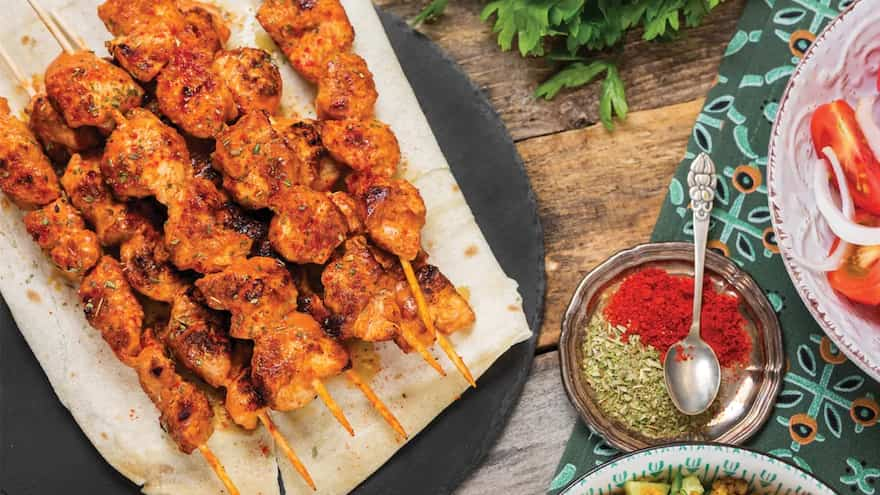Tied in Lord Shiva’s bun, Ganga gradually descends on earth to make it more pious, more ‘liveable’. Such is the place of reverence the river Ganga occupies in Hindu mythology. It is so much more than just a river originating in Himalayas, flowing through the North and then finally meeting the Bay of Bengal in the east. It symbolizes life, and at the same time, it is the route to Moksha. The river Yamuna on the other hand, is one of the main tributaries of Ganga, who is also the feisty sister of Lord Yama (God of Death) himself. In legends, they are said to be poles apart. The phrase ‘Ganga Jamuna’, is often used to describe two contrasting elements that ultimately fuse to form a force to reckon with.
In medieval India, with the rise in Islamic, Persianate influences in the Indo-Gangetic plain, mostly Awadh and along the tributary of Yamuna where Delhi thrived; a high culture arose which the modern scholars refer to as the Ganga-Jamni Tehzeeb or just Hindustani Tehzeeb, a syncretism of Hindu and Islamic Persian culture. This fusion entailed everything, from the language (Hindustani), to the wardrobe, the cuisine, and culture- supposedly giving rise to a multicultural society of Hindu-Muslim brotherhood. A bonhomie that eventually suffered at the hands of the British Raj’s ‘Divide And Rule’ politics.
“The Ganga-Jamni tehzeeb, stands for co-existence and harmony between diverse cultures and communities. Fortunately, or unfortunately, you tend to hear about only when, there is a rise in tension between Hindus and Muslims- as a reminder of a multicultural, united society that has persisted depsite politics. That said, if someone is selling you something as authentic ‘Ganga Jamuni cuisine’, it’s probably a scam”, said celebrity chef Sadaf Husain further elucidating the concept.
Intrigued much? When asked about the Ganga Jamuni cuisine, both author, blogger Rana Safvi and Anoothi Vishal also said that there’s nothing like Ganga Jamuni Food! But how is that possible? This is the multiculturalism that pretty much defined, 18th-century Awadh, how are there no significant delicacies worth talking about? And there lies the whole problem with the approach.

“Ganga Jamuni Tehzeeb is the coming together of Hindu and Muslim influences, in arts, culture, dance, and food of Lucknow. It is just the regular food of Awadh and neighbouring regions under the Nawabs that was found everywhere. There are no special delicacies you can distinguish and call a typical Ganga Jamuni Food item”, Anoothi elaborates.
“It is actually a very ironic question that needs a modern answer. Can we, now, get into the exercise and define special foods that best describe this unison? It is certainly not fair to dig for 'special' foods from history. Didn’t Hindus consume gosht before the arrival of Muslims, didn’t Muslims enjoy saag roti? In that manner, Bhindi-Roti is as ‘Ganga Jamuni’ as it gets, it is prepared and enjoyed in both households,” adds chef Sadaf.
What cannot however be overlooked is the tone it set for fusion in Indian kitchens. Even though, the food prepared and consumed was the same, newer, ‘non-traditional” elements and treatment of food certainly makes the subject fascinating. “Shabdegh, could be a fine example, made with Shalgam (turnips), aloo and gosht (meat), it very well combines most things you associate with Hindu and Muslim cooking. Dal Gosht, is another dish I can think of, which again comprises, two “opposite” sources of protein. The veg kebabs like the dahi ke kebab, rajma kebab, that are happily co-existing with their meaty counterparts, seem very ‘Ganga-Jamuni” to me”. Chef Sadaf concluded.


